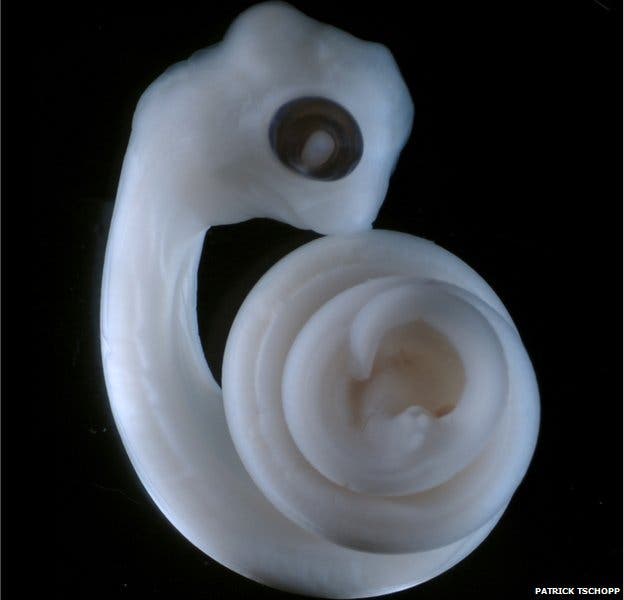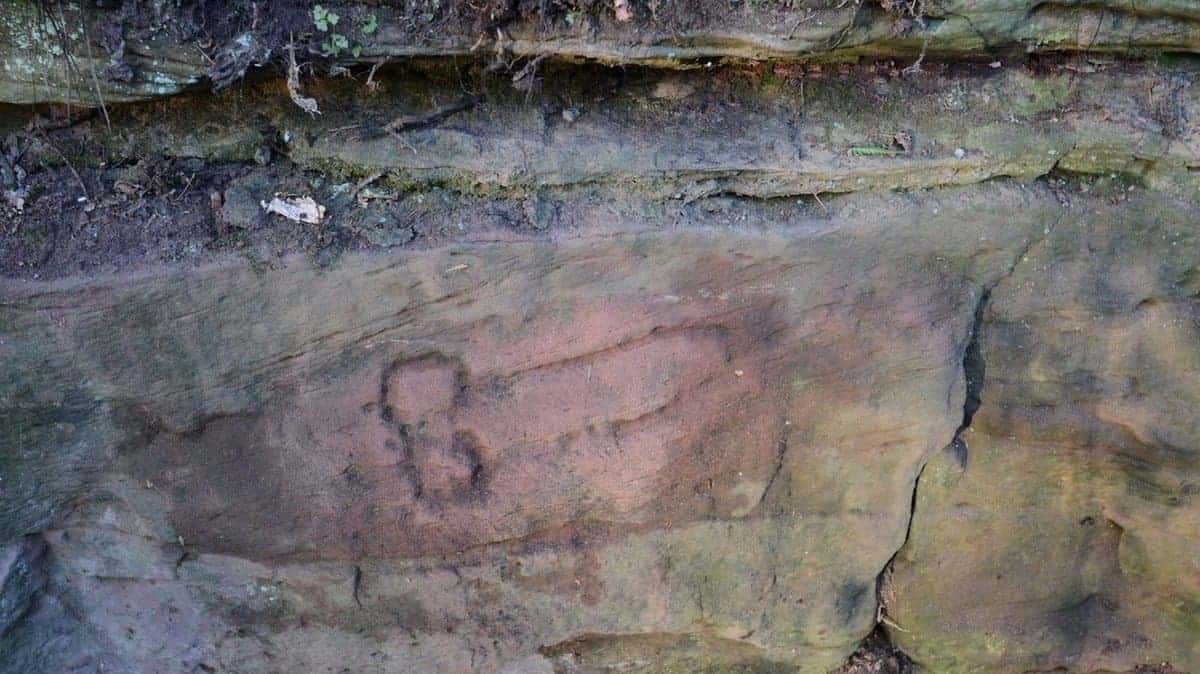A breakthrough study authored by Harvard University developmental biologists has finally resolved the mystery of how sexual organs appeared for the first time in vertebrates. According to their findings, shortly after our sea-dwelling ancestors migrated on land, creatures were pressured to quickly evolve genitalia – which they didn’t require up until then. These sexual organs, at least for snakes and lizards, originated from the limbs. The study also found that in mice, the sex organs had genetic origins in the tail bud. I can smell a joke cooking up.
Where does this thing fit in?
At first, the researchers were interested in studying limb origin and evolution, but as the biological reverse engineering steadily unfolded before their eyes, they came across a more interesting objective – sexual organs. They soon found that if they ran the right tweaks, they could coax embryonic limb cells of lizards and snakes to turn into genitals; the photos we received to illustrated this post may help you form a better idea of what’s going on.

At the heart of this process lies the cloaca, a cavity typically programmed to become the lower part of the gut. This structure sends out signals to the cells around it in the embryo, telling them to turn into genitals. By moving the position of this signaling source (the cloaca), the researchers were able to grow penises where otherwise would have been a limb or tail.
[RELATED] Ancient 385-million-year old Fish pioneered Sex
“It demonstrates that there is a flexibility with what kind of cells can get recruited during development to form genitalia,” explained lead author of the research, Dr Patrick Tschopp from the Harvard Medical School in Cambridge, US.
“What we were able to show is that if you ectopically transplant this cloaca into either limb or tail bud cells, these cells respond in a way that reflect their development being redirected to a genital fate,” he added.
“In other words, by misplacing a molecular signal you can misguide these cells in their developmental trajectory,” Dr Tschopp said.
In the case of the cloaca, as in real estate, location is everything. You might be surprised to find out that snakes have two penises. Well, now that researchers have thoroughly probed the cloaca, we know for certain why. Because in snakes the cloaca is located so close to their hind legs (or where they should have been), external genital formation is signaled to form in pair – hence the two penises (they only use one penis during mating, though). For mice, the sex organs had genetic origins in the tail bud, because of, again, the cloaca’s position. Under the same evolutionary process, human genitalia come from the “tail bud” as well.

This information was revealed by genetic tracing of the embryonic cells which showed what genes were turned on and off by extracting and sequencing RNA molecules, the messengers from each gene.
Why the snake has two penises
The weirdest part of the study may be, ironically, related to a rooster unfortunate enough to share a nickname with the penis. Roosters don’t actually have a penis, instead it has a hole of some sort. When he mates, the rooster engages in sex by lining up this opening with the analogous one on the hen, sending sperm from his cloaca to hers. This is the case for 97% of all birds on Earth (see ducks at your own risk for some science of the 3%). When the Harvard researchers grafted cloaca tissue next to the budding limbs of some chicken embryos, they found that the cells in the area began to grow into genitals. This adds weight to a hypothesis that says birds (most of them) used to have a genital tubercle, just like we mammals have, only to degenerate later in their evolutionary development. More importantly, the experiment yet again shows that something as simple as a signal’s shift in location can drastically influence an animal’s evolutionary path.
“This paper dealt with the longstanding unresolved issue of the origin of genitalia. It turns out that the mouse is the odd one out, it was not similar to the snakes or the chicken.
“This paper provides a new twist to a previous hypothesis that genitals and limbs share a deep homology [shared ancestry], it provides formal evidence of how this co-evolution between the two structures can happen in an organism.”
It’s amazing how many things this study explains in one single paper published in Nature. For instance, it elegantly demonstrates why so many animals have differently shaped genitals. In some cases where animals look almost the same, taxonomists study genitals to distinguish otherwise nearly identical species.
“This is a great study,” said Denis Duboule, chairman of the department of genetics and evolution at the University of Geneva, who wasn’t involved in the research. “It’s a very interesting new idea. There are these master signals during development, where cells are told to make a limb, or a pancreas. But in this case the same signal is used, and depending on where it’s sent from, it will touch different cells.”






